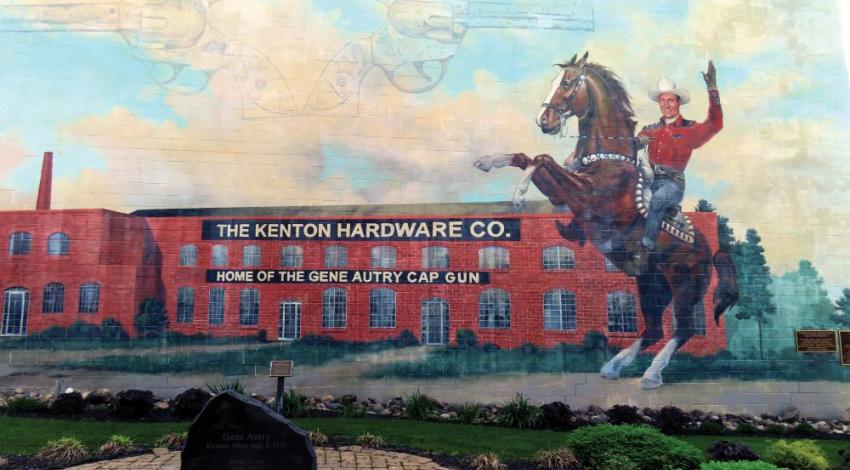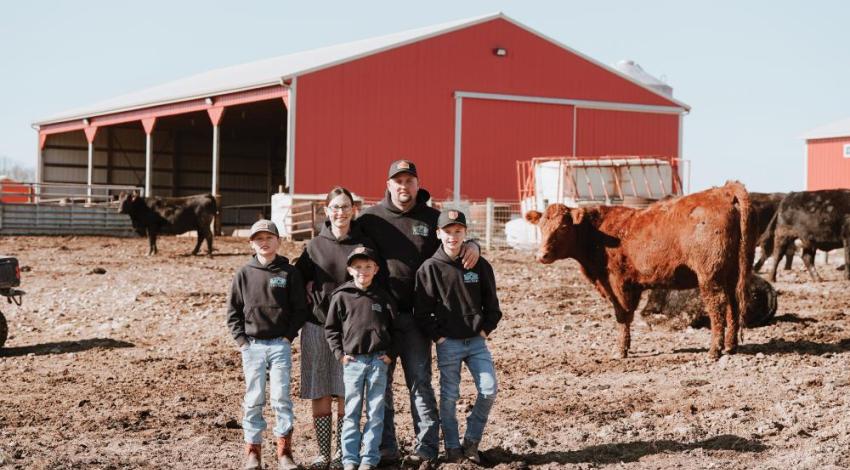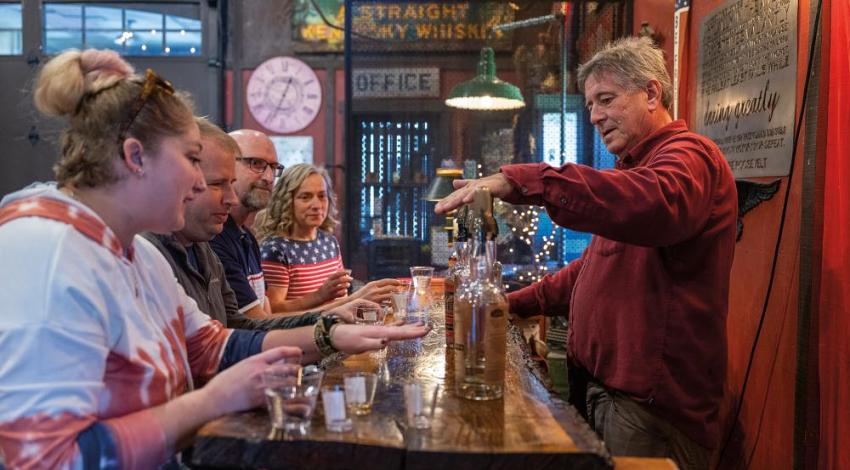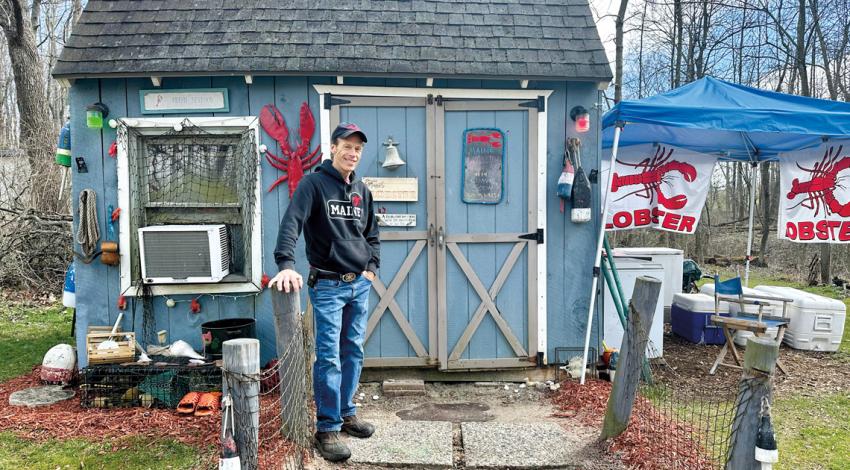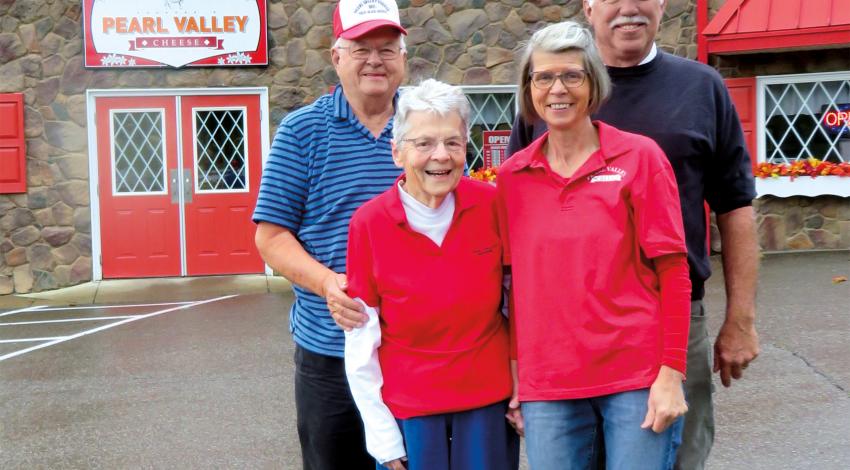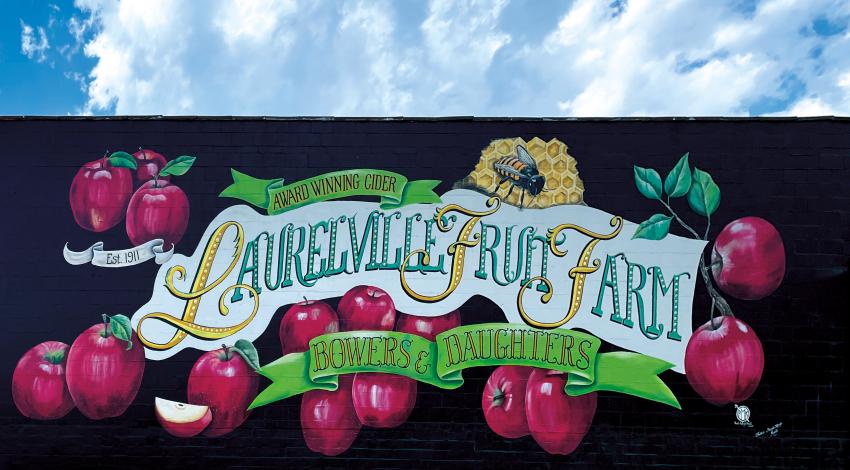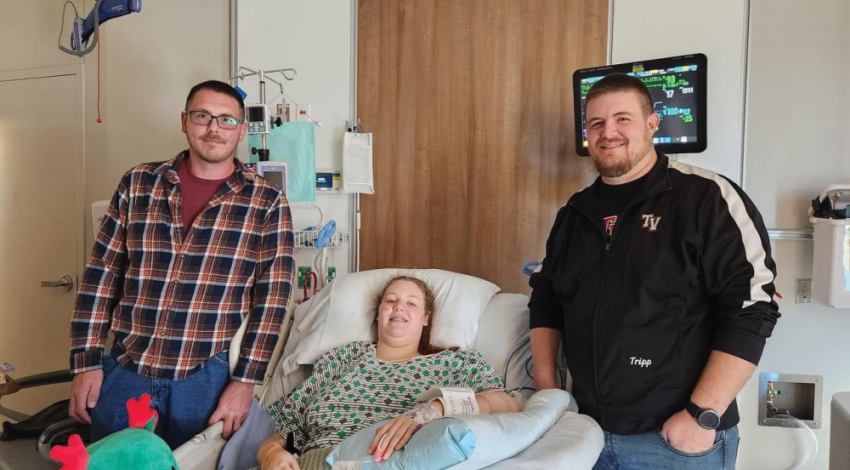Whenever people ask Brian Phillips where his downtown Kenton business is located, the investment adviser replies, “Know that big mural of the singing cowboy? My office is on the other side of it.”
Riding his sorrel horse, Champion, in scores of cowboy musicals, Autry helped to popularize country-western music with ballads like “Back in the Saddle Again,” the 1939 gold record that became his theme song. Autry’s prolific recordings also included two Christmas classics: “Here Comes Santa Claus,” which he cowrote in 1947, and “Rudolph, the Red-Nosed Reindeer,” which debuted in 1949, has sold more than 25 million copies, and remains his bestselling single.
